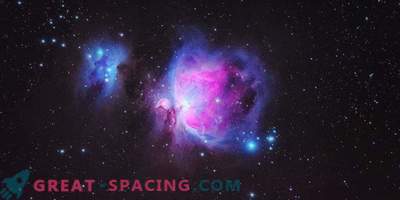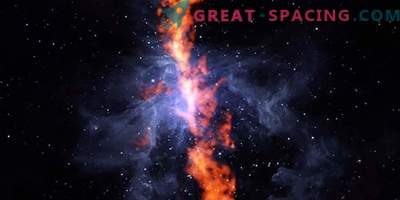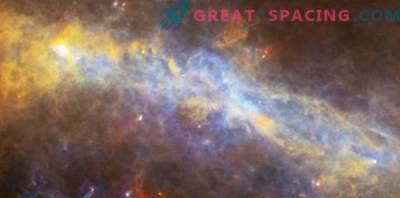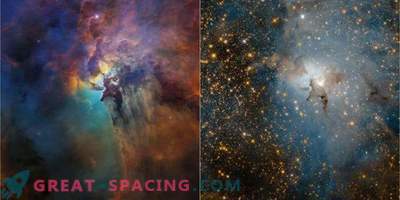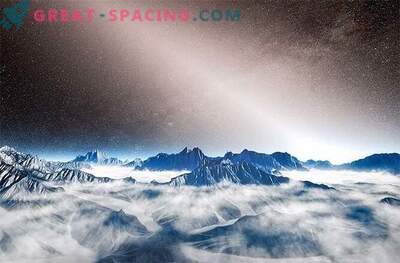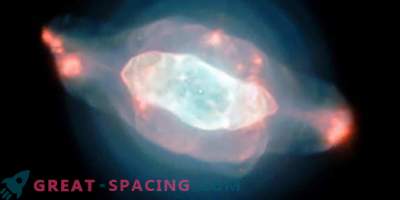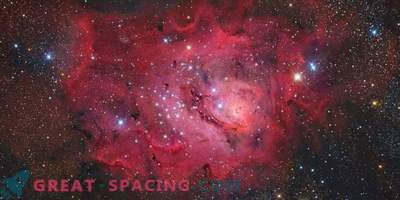
Image from NASA's Spitzer Space Telescope demonstrates the Cat's Paw Nebula (NGC 6334). This is an area of active birth of stars in the Milky Way galaxy and lives on the territory of the constellation Scorpio. It is estimated that the distance from Earth is 4200-5500 light years.
Bright red bubbles in green frames are the dominant features of a photo created by two Spitzer instruments. After the gas and dust inside the nebula collapses, forming stars, the latter are able to heat the surrounding gas under pressure, causing it to expand into space and form bubbles.
Green areas indicate where the radiation of hot stars collides with large molecules (polycyclic aromatic hydrocarbons), causing them to glow. In some cases, the bubbles are able to “burst”, creating U-shaped features visible in the image below.
Spitzer is an infrared telescope. IR light is useful to scientists, as it is able to break through dense clouds of gas and dust better than optical light (visible to the human eye). Black filaments passing horizontally through the nebula, protrude areas of gas and dust. They are so dense that even infrared light cannot penetrate. Soon these dense regions will be able to become the territory for the birth of a new generation of stars.
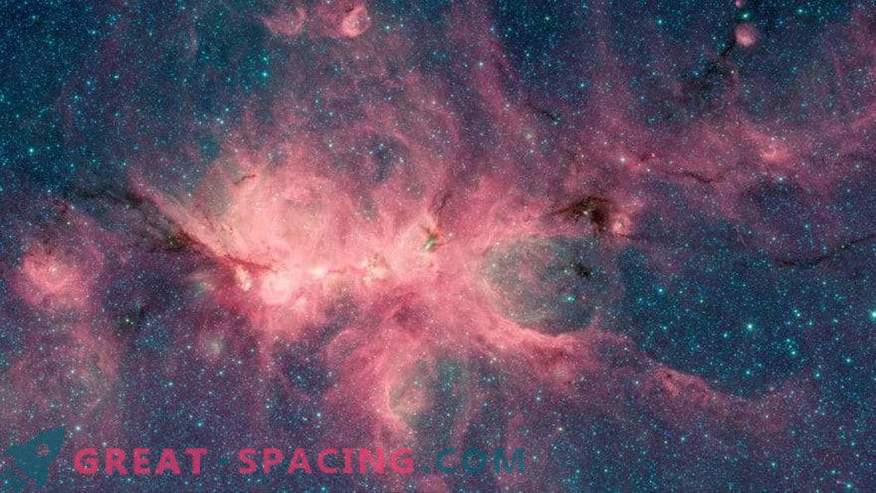
The Cat's Paw Nebula from the Spitzer NASA Space Telescope using the IRAC instrument. This is an area of star birth in the Milky Way galaxy. The dark string passing through the middle of the nebula is considered a particularly dense area of gas and dust.
The researchers believe that the nebula extends for 80-90 light years. It stretches to the left side of the frame and intersects with the zone of birth of stars NGC 6357 (Omar Nebula). IRAC and MIPS instruments were used for the upper image, and the second is represented only by IRAC, so dust is not visible.
